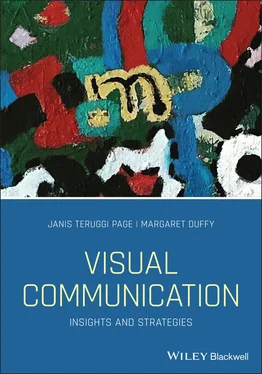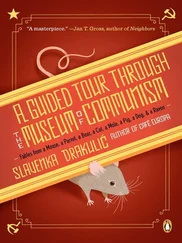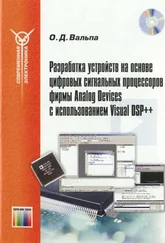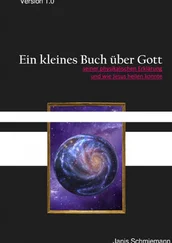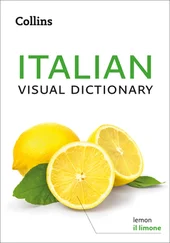Source: Zach Joing/Alamy Stock Photo.
The photograph in Figure 1.5 became an Internet sensation. Taken at the premiere of the film, Black Mass , almost everyone pictured clutches a smart phone and is excitedly trying to find an angle in order to take a photo of a celebrity. Only one individual stands out – an older woman who is serenely observing the event – without a camera.
Why did the image resonate with so many? Tweets and shares often commented that the woman was the only individual living in the moment and truly having a genuine, unmediated experience. And of course, the image resonated because it was unusual – the woman's behavior was unexpected and outside the bounds of today's culture. This can be explained through understanding the cognitive perception of selectivity – our brains draw conclusions from stimuli that are significant within a complicated visual experience. Whether the woman was, indeed, living in the present or she didn't own or use a smartphone is unanswered. Nevertheless, by showing something outside the norm, the image communicated aspects of culture to many people.
In the following “What's Ahead” section, you will see a preview of the book's chapters and the many methods of visual analysis that you will learn – including semiotics, visual rhetoric, narrative analysis(how visual compositions tell stories), metaphor analysis(how visual images propose comparisons), and fantasy theme analysis(how visual messages converge in groups to develop cohesive understanding).
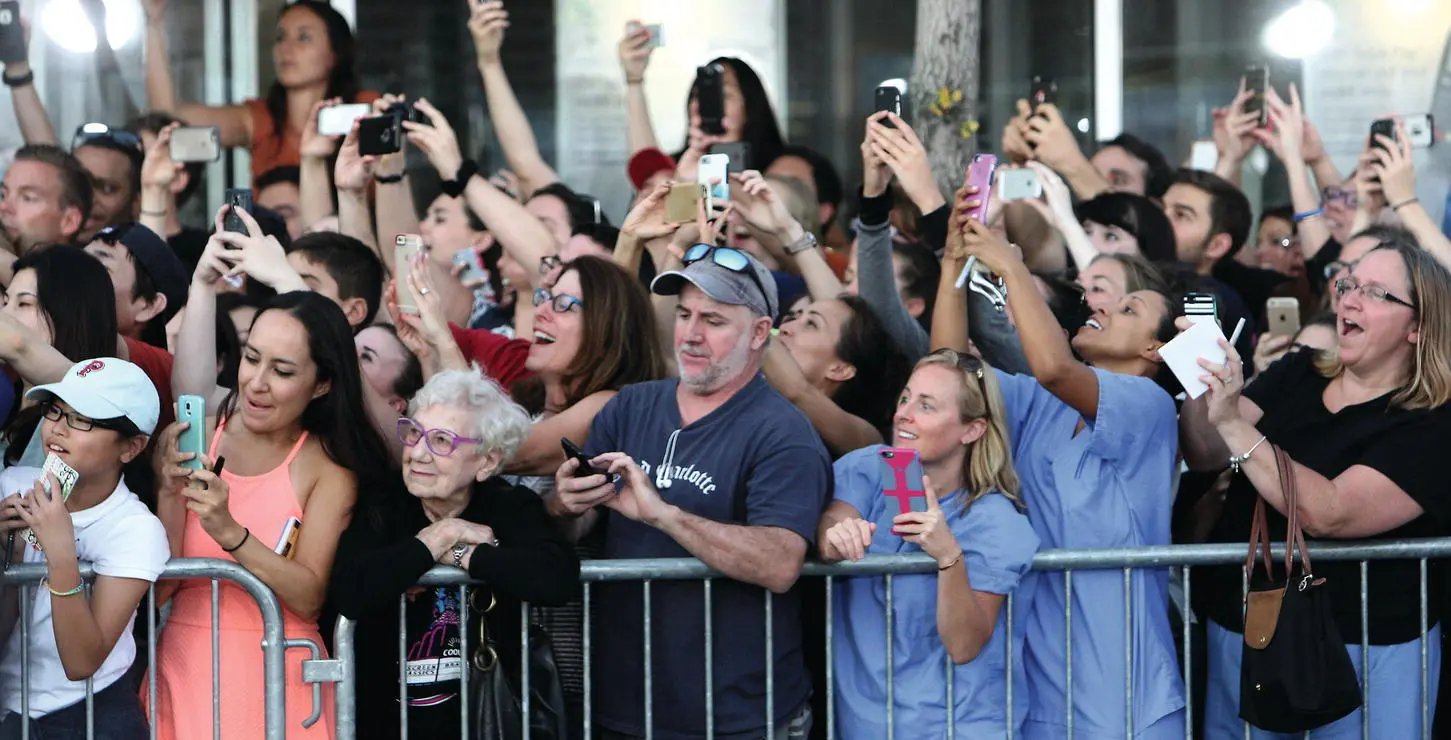
Figure 1.5
Source: John Blanding/The Boston Globe/Getty Images.
“I'm sorry, Jim. I'm gonna stop the subsidy to PBS … I like PBS. I love Big Bird. I actually like you, too. But I'm not gonna keep on spending money on things to borrow money from China to pay for it.” With those words in the first presidential debate of 2012, moderated by Jim Lehrer of Public Broadcasting System (PBS), candidate Mitt Romney made Big Bird the star of the debate and launched a tidal wave of social media messages. Most of those messages were highly visual. A @firebigbird Twitter account popped up almost immediately and social and traditional media exploded with memes, jokes, parodies, and videos.
In a frequently shared image, a child holds a sign while standing in front of an American flag. The sign, written in childlike printing, reads “My American dream is to save Big Bird's job so kids can learn.”
A close reading of the image leads the viewer to several interpretations. First, it draws attention to PBS and its programming aimed at educating diverse young people and dependent, in part, on the financial support of the US government. Second, the image alludes to Romney's proposed funding cut. And through the image of the child (of indeterminate ethnicity and sex) against a background of the US flag, it suggests that all of America's children are threatened by the potential loss of PBS programming and their “American dream” of educational opportunities. Thus, the viewer is invited to fill in the blanks and complete the meaning of the message (Page and Duffy 2013).
If we can better understand how meanings are produced, we can become smarter consumers of visuals and other communication and more effective creators. As you can see from the previous discussion, how we communicate and interpret visuals is deeply rooted in our cultural worlds and expectations. In the following chapters, we'll explore how and why images communicate effectively, how they can fail to communicate, and how to apply that knowledge as professional communicators.
Chapter 2outlines useful approaches to ethical decision‐making in creating and consuming visuals.
Chapter 3explains a classic way to explore the meanings of images: visual rhetorical analysis, and then introduces the next four chapters that deal with symbols, metaphors, narratives, and imaginative fantasies.
Chapter 4teaches semiotics: how visual “signs” and symbols communicate within a culture.
Chapter 5covers how the comparative functions of metaphors can be a powerful visual strategy.
Chapter 6illustrates the storytelling capacities of visual images.
Chapter 7helps you see how visuals can illustrate dramas and meanings within group communication.
Chapter 8is the first of four chapters that cover professional practices using visual images. This chapter helps you to understand advertising, its compelling visual qualities, and questions of ethics.
Chapter 9continues with strategic communication, featuring the field of public relations and its use of visuals, for example, in crisis, public service, and political communications.
Chapter 10features the role of visual imagery in journalism, the image's significance in delivering news, and issues of subjectivity and misinformation.
Chapter 11teaches how to “read” and perform an organization's culture from the standpoint of observing and transmitting visual cues.
Chapter 12builds on all previous chapters by developing your intercultural literacy when it comes to the use of visual imagery.
In this chapter we began our exploration of visual culture and its influence in our lives, influence fueled in large part by technological innovations. Professional communicators increasingly use images and video for messaging and persuasion. Moreover, the proliferation of devices and apps allowing almost everyone to create and share images contributes to visual culture. Social media amplify the power of visuals, a power that can be positive, promoting individuals' and communities' wellbeing. Yet, social media may also unleash destructive messages and have negative, unintended consequences. Visual social media's impact extends to every realm of social life and helps shape what we understand as reality.
StereotypeAttitudes people acquire without specific knowledge of an event or individual.
MemesCultural images shared between people, often with text and carrying symbolic meaning.
Virtual reality(VR) Computer simulation of a 3D image or environment which a person can interact with in a seemingly real or physical way through use of special electronic equipment.
Augmented reality (AR)The superimposing of a computer‐generated image into the real world.
PolysemyDifferences in meaning and interpretations; multiple meanings.
Visual cultureThe visually‐constructed way of life of a people; a way of thinking, feeling, and believing.
Scopic regimeWays in which both what is seen and how it is seen are culturally constructed.
DecodeThe interpretation of the underlying meanings of texts based on varying assumptions and skills, dependent on context and interpreter.
DenotativeLiteral definition or description.
ConnotativeMeanings drawn from associations, emotions, and cultural expectations.
SemioticsStudy of signs and their meanings.
Visual rhetoricPersuasive messages carried in visual images.
Narrative analysisDetermining how compositions tell stories.
Metaphor analysisDetermining how images propose comparisons.
Читать дальше
